T. Sage
Cannabinoid THC Dominant
THC 12.21 - 12%
CBD 0.09 - 1.77%
Effect Euphoric
Side Effect Paranoia
Flavor Chestnut
All About T. Sage Weed Strain
THC
CBD
Potency
Sage is a 70/30 Indica-dominant strain that is bred for beginners. People who are new to marijuana strains but already want to try the Afghan strain may consider T. Sage as their first choice. Breeders took the best qualities of Afghani and Big Sur Holy Weed as their base, but the average THC level is 12%, while the CBD level varies from as little as 0.09% to 1.77%.
Sage follows a more classic terpene profile which includes:
- Limonene
- Eucalyptol
- Phellandrene
Strain Main Flavors
When inhaling, smokers feel a rich minty flavor, the aroma of which is in the air for a long time. Gradually the Tokers discover light notes of chestnut thanks to eucalyptol. This terpene also has an old-school earthy odor.
T. Sage Main Effects
Sage weed offers smokers a soft stone. According to regular smokers, the brain seems to throw off a heavy body and fly somewhere into a higher dimension with euphoria. Thus, Afghani lineage is responsible for relaxation, while Big Sur Holy Weed gives euphoric effects. In addition, users feel a surge of creativity that helps in creative matters. This strain is suitable for daytime use. Suppose you want to try T. Sage weed, don't forget the snacks because you will definitely need them.
Strain Medical Benefits
The variety effectively eliminates muscle spasms and various pains, including migraines. T. Sage gently stimulates appetite, inhibits inflammation, and relieves epileptic seizures. What's more, this kush makes bipolar disorder easier to bear.
Strain Common Side Effects
With the wrong dose, tokers may experience some side effects, such as:
- Paranoia
- Drowsiness
- Dizziness
- Rapid heartbeat
Info for Growers
Unfortunately, finding T. sage seeds can be quite a challenge. If you manage to find them in dispensaries, then you can expect a relatively small plant. Its height does not exceed 30 cm. Considering this, the yield is also not very large. When cultivating indoors, a grower can get 150 g/m— outdoor product averages 300 g/plant.
This cannabis is auto-flowering and quite whimsical, so growers do not advise you to take it if you are a beginner. However, if T. Sage has received enough sun and you have adjusted the humidity, after 7-8 weeks, you should be able to see pale-green flowers. According to growers, the best time to harvest is day 64.
Side Effects
Simply let us know how this strain tastes or write a detailed review.
T. Sage Strain Cannabinoids
| THC | Tetrahydrocannabinol, or THC, is a major cannabis chemical compound. It is a psychoactive element that stimulates dopamine release and induces euphoria or happiness. THC-rich strains may be helpful with such conditions as lack of appetite, chronic pains , etc. It is considered to be the primary active marijuana component. | 12.21 - 12% |
| CBD | Cannabidiol, or CBD, is a major compound in cannabis, which is non-psychoactive. It is also proved to counteract the side effects of the second major component THC. CBD is widely used for medicinal purposes in rubs, oils and so on. It is helpful in muscle pain cases, may treat arthritis and migraines. Even Greeks used it against pain, while Queen Victoria applied it to get rid of menstrual cramps. | 0.09 - 1.77% |
| CBC | Cannabichromene, or CBC, is a minor cannabinoid, meaning that its quantity in cannabis is quite little. Though it has the same origin as CBD and THC, it is different in functions. Without any psychoactive effects, it is an efficient cannabis compound in combating acne and depression. CBC produces analgesic, antibacterial and anti-inflammatory effects. | 0.24 - 0.36% |
| CBG | Cannabigerol, or CBG, is one of the minor cannabis compounds in adult plants. On the other hand, young ones contain a lot of this antibacterial and anti-inflammatory component. During the growth, CBG is converted into different cannabinoids, mostly THC and CBD. The compound itself increases appetite and decreases eye pressure. | 0.19 - 0.59% |
| CBN | Cannabinol, or CBN, is a trace element in cannabis that is considered to be mildly psychoactive. It appears from oxidation THC, exposed to light and heat. CBN is mostly contained in old cannabis and in traditional hashish. It is effective against insomnia, bacterial infections and appetite loss. | 0.01 - 0.26% |
| THCV | Tetrahydrocannabivarin, or THC-V, is a compound contained in cannabis in trace amounts. Even though it is close to THC molecularly, it is different in effects. This compound may be psychoactive only in large amounts. THC-V reduces blood sugar, controls appetite, stimulates bone growth, etc. African Sativa strains are the richest in THC-V. | 0.27 - 0.5% |
T. Sage Terpene Profile
| Limonene | Limonene (also known as d-limonene) is the second most common terpene in nature and the third most common terpene in cannabis. It has a powerful citrus aroma and can be found in all citruses, including lemons, oranges, grapefruits, limes, juniper, etc. Limonene is known to elevate moods and provide anxiety, depression, and stress relief. | 0.59% |
| Eucalyptol | Eucalyptol (also known as cineole) is usually found in eucalyptus, mint, sage, and tea tree oil. Distinguished for its cooling properties, eucalyptol constitutes only up 0.6% of a total terpene profile of a strain. This terpene exhibits potent antibacterial effects and can also be used to treat patients with Alzheimer's disease and asthma. | 0.08% |
| Phellandrene | Phellandrene (also known as alpha- and beta-phellandrene) is one of the rare terpenes found in cannabis with antihyperalgesic and antidepressive properties. Phellandrene contributes to a minty, woody, and mildly citrus aroma in cannabis. Previously confused with limonene and pinene, phellandrene was eventually distinguished as a separate terpene common for eucalyptus. Also, it could be found in mint, dill, black pepper, cinnamon, parsley, pine, and lavender. | 0.33% |
| Total terpenes content | 1.00% |
Growing Info
T. Sage strain lineage
Similar Strains
THC 45.33 - 46%
CBD 0.34 - 0.69%
Effect Sleepy
Flavor Sweet
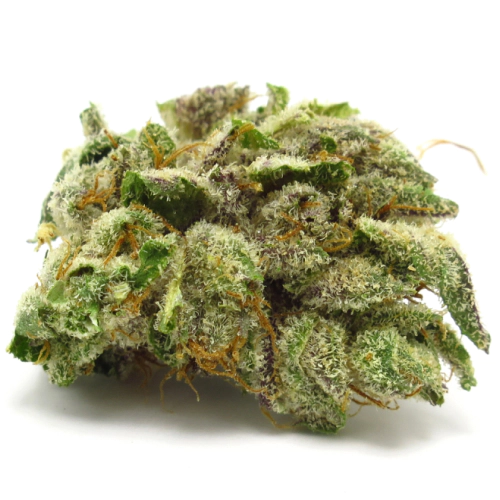
THC 16.25 - 19.75%
CBD 0.4 - 0.85%
Effect Uplifted
Flavor Vanilla
THC 15 - 15%
CBD 0.39 - 0.49%
Effect Uplifted
Flavor Tea
THC 31 - 33%
CBD 0.41 - 0.56%
Effect Relaxed
Flavor Spicyherbal
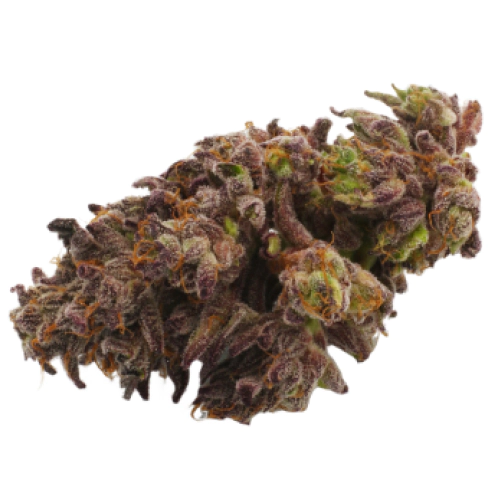
THC 19 - 22%
CBD 0.3 - 0.62%
Effect Relaxed
Flavor Sweet
THC 19.6 - 21.2%
CBD 0.54 - 0.91%
Effect Creative
Flavor Flowery
THC 16.2 - 19.6%
CBD 0.31 - 0.51%
Effect Euphoric
Flavor Spicyherbal


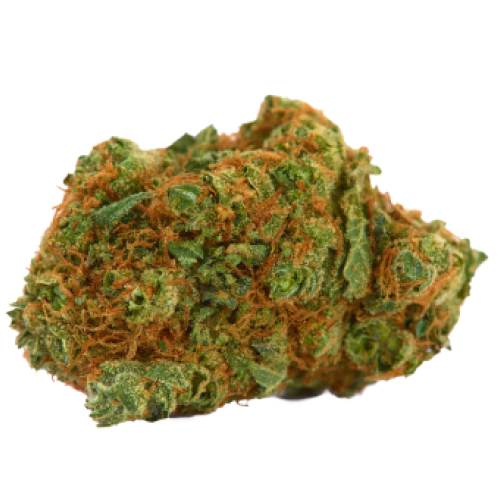
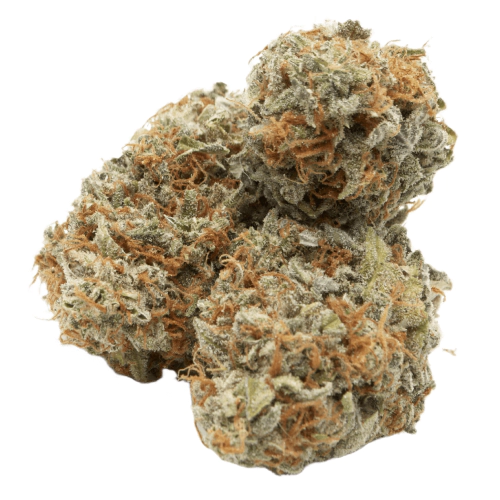
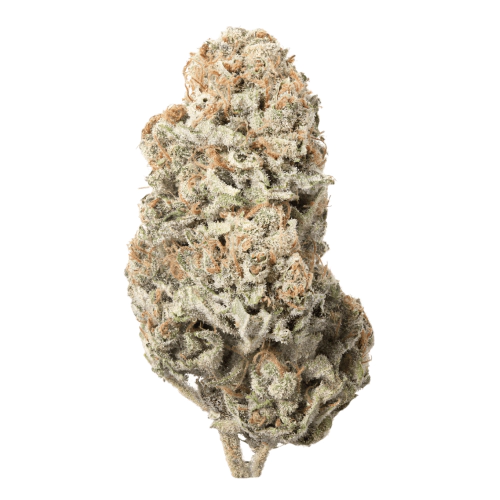
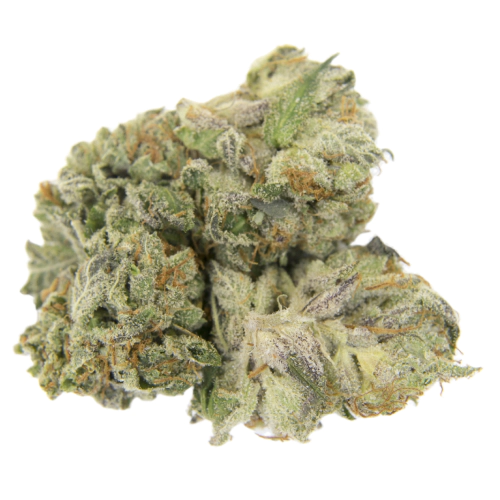
Be the first and share your opinion
Write a Review